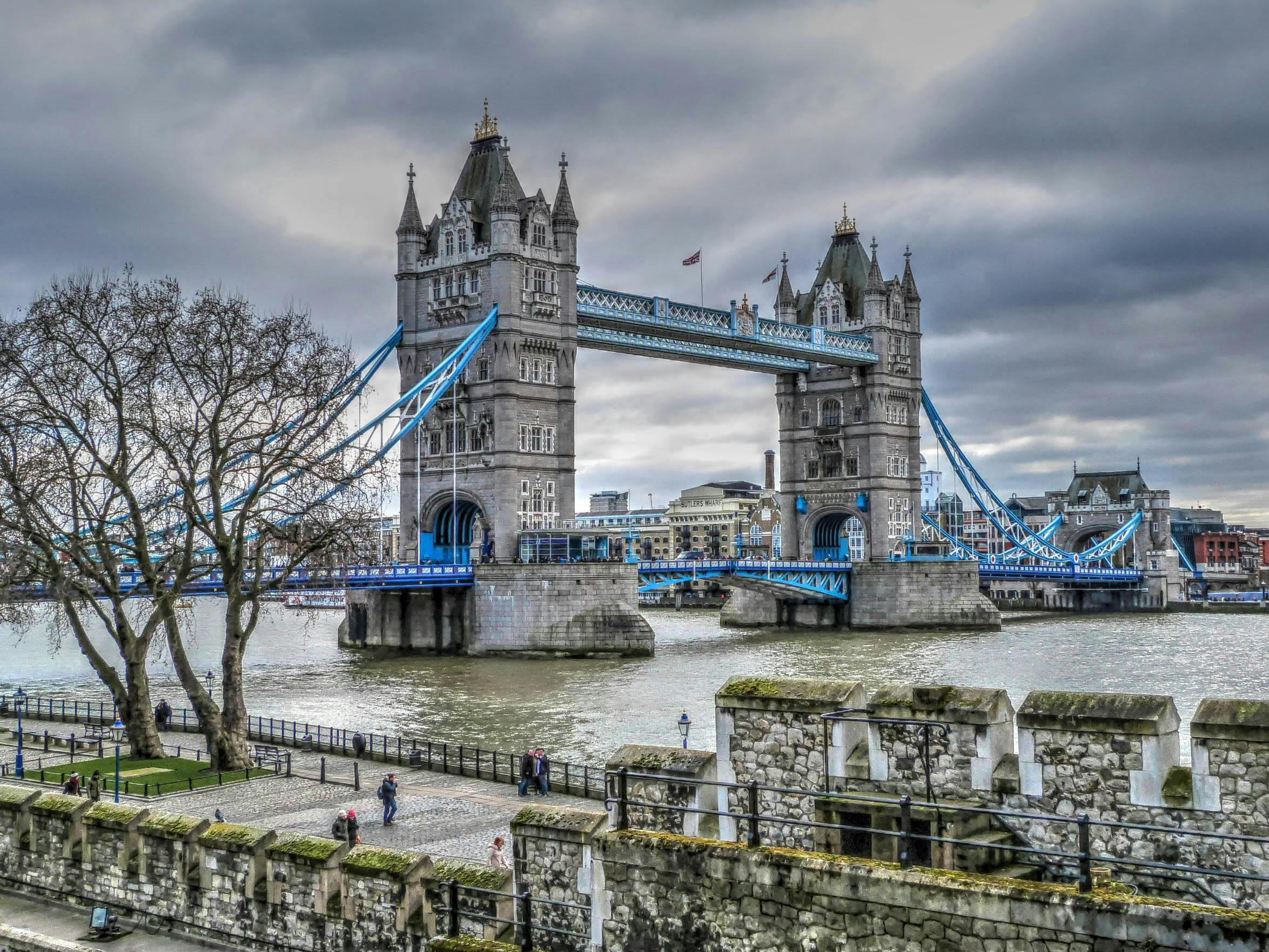The story of Big Ben began with tragedy: on 16th October 1834, a devastating fire destroyed the old Palace of Westminster, home to the British Parliament. When rebuilding commenced, Parliament decided the new palace should feature a clock tower with extraordinarily precise timekeeping.
At the time, public clocks played a vital role in daily life—pocket watches were luxury items, and ordinary citizens relied on "knocker-uppers" who tapped on windows to wake workers each morning. The government set an ambitious goal: these new timepieces would be the most accurate tower clock in the world, with precision to within one second for each hourly chime.
The palace was designed by architect Charles Barry in the Gothic Revival style, whilst the clock tower itself was entrusted to his colleague Augustus Pugin. Construction of the tower began in 1843, but the clock mechanism took seven years to develop due to the unprecedented accuracy requirements.
The clockwork was designed by talented amateur chronometer-maker Edmund Beckett Denison (later Lord Grimthorpe) in collaboration with the Astronomer Royal Sir George Airy, and crafted by renowned clockmaker Edward John Dent.





